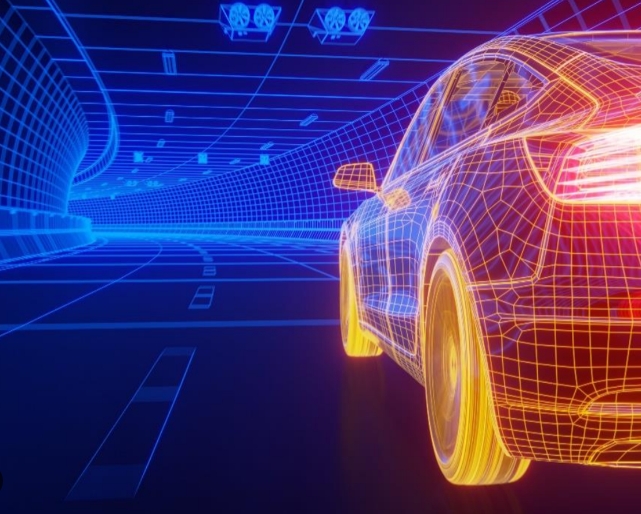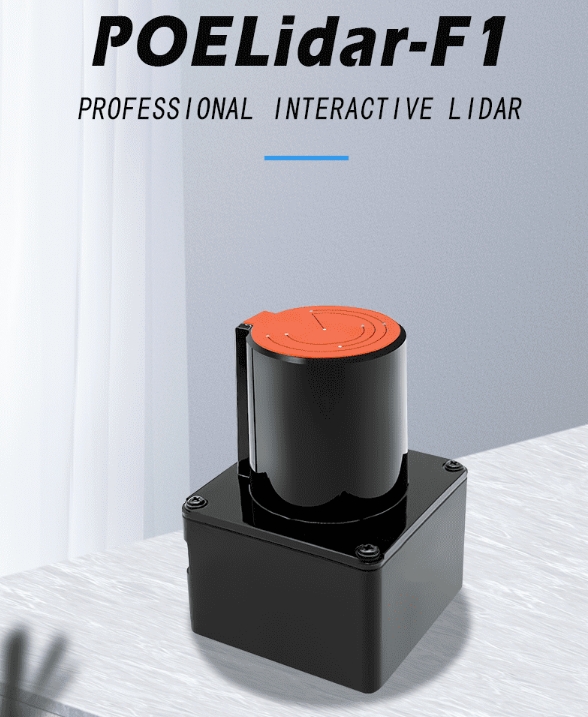In the realm of autonomous technology, LiDAR (Light Detection and Ranging) stands out as a crucial component for both unmanned vehicles and autonomous navigation robots. This advanced sensor technology is essential for precise environmental mapping and navigation.

Why LiDAR is Indispensable for Autonomous Navigation
LiDAR’s role in unmanned vehicles is well-known. It provides critical 3D spatial information about the environment, including the location, size, shape, and even material composition of objects. This precision is invaluable for unmanned vehicles, where spatial awareness is paramount. However, in the field of autonomous navigation robots, LiDAR technology truly comes into its own, offering numerous advantages such as lower cost, less stringent accuracy requirements, and better adaptability to various environments.
1. Unmanned Vehicles and LiDAR:
For unmanned vehicles, LiDAR’s ability to generate real-time 3D maps of the surroundings is fundamental. This helps in obstacle detection, collision avoidance, and accurate positioning, which are critical for the safe and efficient operation of these vehicles. Despite its high cost, the benefits of LiDAR in enhancing the safety and functionality of unmanned vehicles are undeniable.
2. Autonomous Navigation Robots and LiDAR:
Robots equipped with LiDAR sensors can effectively navigate unknown environments by continuously updating their map of the surroundings. This capability is not only crucial for accurate localization but also enhances human-robot interaction by providing robots with a detailed understanding of their operational space. This advancement is pushing the envelope of robotic intelligence and autonomy.
The Perfect Pair: Robots and LiDAR
LiDAR gives robots a significant advantage by acting as their “eyes.” Through the emission and reception of infrared light, LiDAR systems help robots accurately determine distances using triangulation or Time of Flight (TOF) imaging principles. This enables robots to construct high-precision maps of their environment, which is vital for effective navigation and task execution.

Comparison with Vision-Based Systems
While vision-based systems using cameras are valuable for robot localization and mapping, LiDAR offers distinct advantages. It supports autonomous obstacle avoidance and exhibits strong environmental adaptability. For instance, LiDAR can perform reliably in varying lighting conditions, whereas cameras may struggle in low light or with feature-poor textures. This makes LiDAR a more robust solution for many robotic applications.
Addressing Movement Challenges
Once a robot has mapped its environment, the next challenge is movement. This is where LiDAR-based SLAM (Simultaneous Localization and Mapping) comes into play. SLAM technology allows robots to navigate dynamically and adjust their path in real-time, ensuring efficient and safe movement through complex spaces.
Overcoming Challenges in LiDAR Technology
- Range Measurement: Modern LiDAR systems can now measure distances well beyond the previous limits, achieving up to 25 meters or more. This extended range is critical for both indoor and outdoor applications.
- Scanning Frequency: High scanning frequencies ensure that robots can move quickly and accurately, maintaining high-quality map construction even at higher speeds.
- Detection of Dark Objects: LiDAR has improved significantly in detecting low-reflectivity objects, such as those with dark surfaces, ensuring reliable performance across various materials and colors.
- Indoor and Outdoor Versatility: LiDAR sensors can now function effectively in diverse lighting conditions, from bright sunlight to dim indoor environments, thanks to advanced algorithms and optical adjustments.
The Future of LiDAR in Robotics
The continuous evolution of LiDAR technology, combined with decreasing costs, is paving the way for widespread adoption in both consumer and industrial robotics. This integration promises enhanced performance and new capabilities, ultimately driving the industry forward.
FAQ
Q: How does LiDAR compare to camera-based systems in autonomous robots?
A: LiDAR provides more reliable and precise distance measurements, especially in varying lighting conditions. It supports autonomous obstacle avoidance and high-speed movement, making it more versatile for complex environments. While cameras offer valuable visual data, the combination of LiDAR and vision systems is often the most effective approach.






